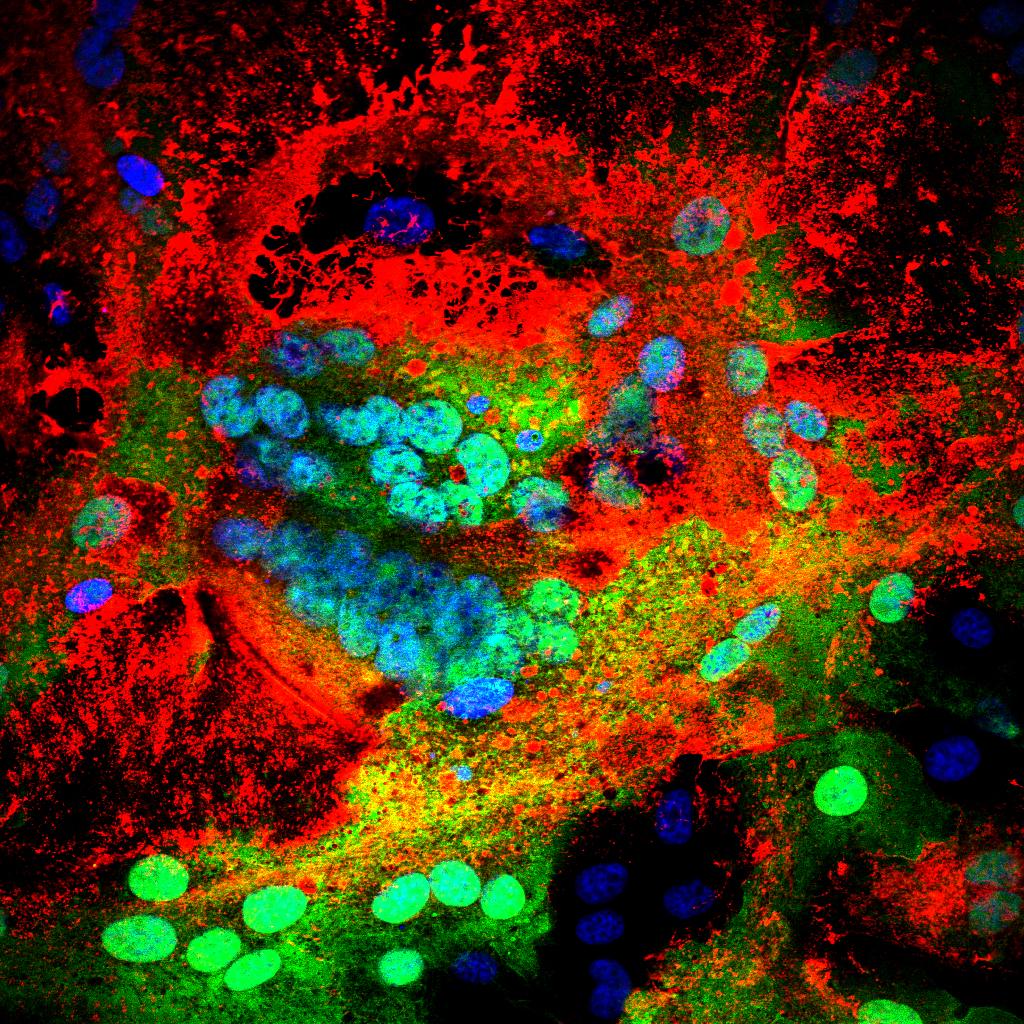Future research to underpin successful peste des petits ruminants virus (PPRV) eradication
Peste des petits ruminants virus (PPRV) is a significant pathogen of small ruminants and is prevalent in much of Africa, the Near and Middle East and Asia. Despite the availability of an efficacious and cheap live-attenuated vaccine, the virus has continued to spread, with its range stretching from Morocco in the west to China and Mongolia in the east. Some of the world's poorest communities rely on small ruminant farming for subsistence and the continued endemicity of PPRV is a constant threat to their livelihoods. Moreover, PPRV's effects on the world's population are felt broadly across many economic, agricultural and social situations. This far-reaching impact has prompted the Food and Agriculture Organization of the United Nations (FAO) and the World Organisation for Animal Health (OIE) to develop a global strategy for the eradication of this virus and its disease. PPRV is a morbillivirus and, given the experience of these organizations in eradicating the related rinderpest virus, the eradication of PPRV should be feasible. However, there are many critical areas where basic and applied virological research concerning PPRV is lacking. The purpose of this review is to highlight areas where new research could be performed in order to guide and facilitate the eradication programme. These areas include studies on disease transmission and epidemiology, the existence of wildlife reservoirs and the development of next-generation vaccines and diagnostics. With the support of the international virology community, the successful eradication of PPRV can be achieved.
